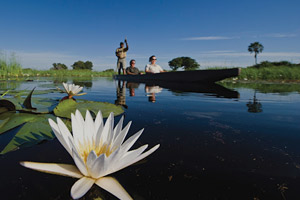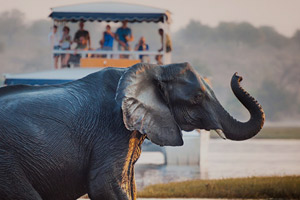Overview
Liuwa Plain National Park in Zambia has one of the oldest conservation histories in Africa, dating back to the 19th century where the King of Barotseland, LubosiLewanika, appointed his people to be the custodians of the park and its wildlife. They maintain that sentiment today. With over 12,500 people legally living within the park, Liuwa is a prime example of how people and wildlife can co-exist and benefit in a shared landscape. Each year, Liuwa hosts the second largest wildebeest migration on the continent – without fanfare, this is one of the most glorious spectacles on the planet. But this was not always the case. Before African Parks assumed management of Liuwa in 2003, wildebeest and zebra were in steep decline, rice fields threatened grasslands, and all but one lonely lioness “Lady Liuwa” roamed the plains.
In 2008, African Parks began a series of lion reintroductions to reunite this last lioness with her own kind, and thus new life began as she slowly joined a pride that grew to 10 lions. Over the same period, eland and buffalo were also reintroduced to the park and the plains game began to increase, providing a healthy prey base for the lions, as well as for the cheetahs and hyaenas. As a result of effective law enforcement, poaching levels subsided and community land-use plans were implemented along with sustainable fish harvesting and other community projects, providing alternative livelihoods for local people. Sadly, 2017 saw the natural passing of Lady Liuwa who lived to the ripe old age of 18 years old, but she left behind a legacy of a small but growing pride of lions, living their lives together on Liuwa’s flourishing plains.






























